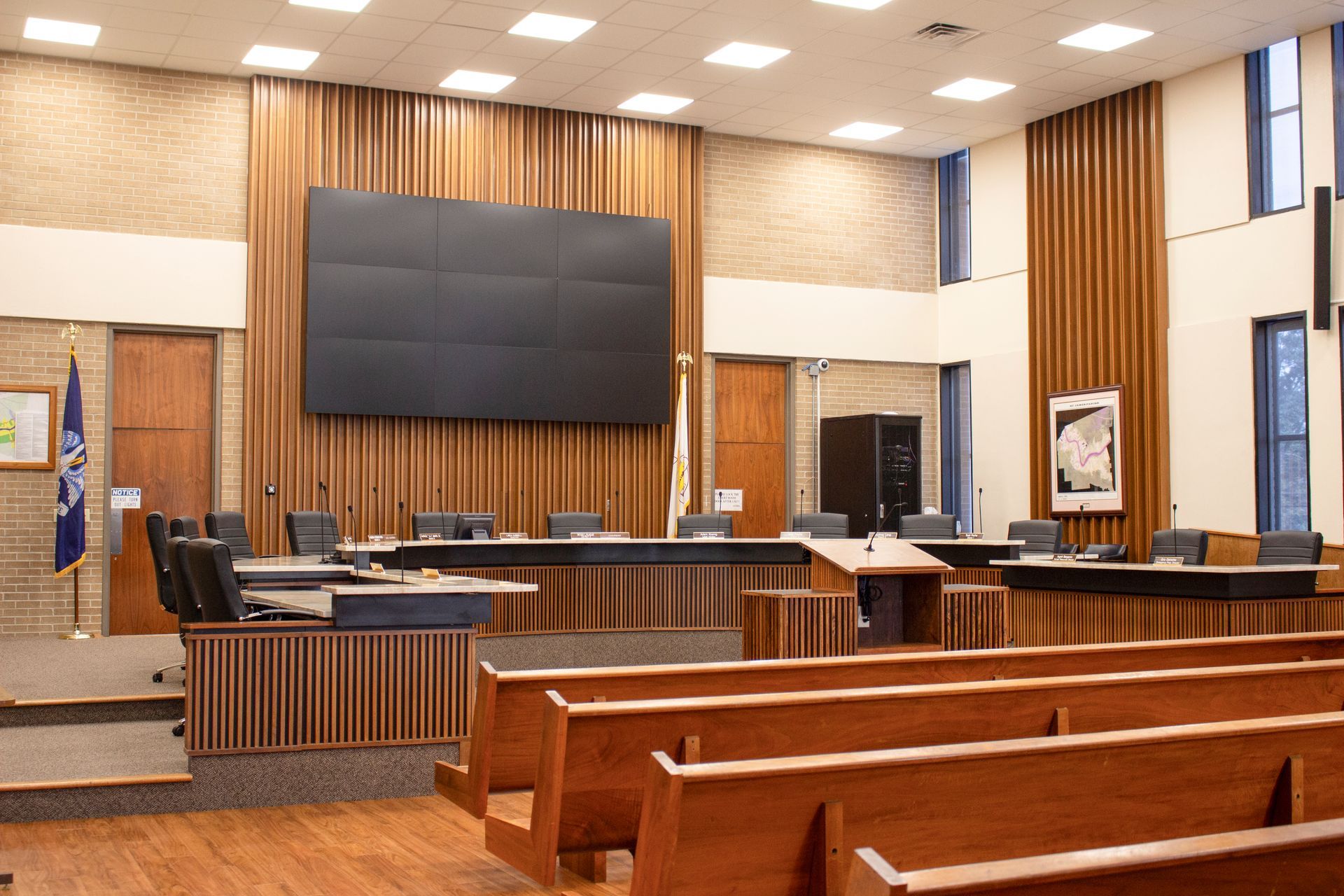Bandwidth Considerations for Teams and Zoom Calling: Optimizing Your Video Conferencing Experience
Link Integration Group
In today's fast-paced digital environment, online collaboration and remote work have become standard practices. Systems like Microsoft Teams and Zoom make it simple for people and businesses to connect for meetings, presentations, and discussions. However, many video conferencing solutions cannot function effectively without a powerful and dependable internet connection. In this blog post, we will look at the bandwidth challenges for Teams and Zoom calls and provide helpful tips on how to improve your video conferencing experience.
What is Bandwidth?
The amount of data that can be sent via an internet connection in a given length of time is referred to as bandwidth. The caliber, clarity, and dependability of audio and video streams are all influenced by bandwidth when used for video conferencing. Lag, bad video quality, dropped calls, and irritating user experiences can all be caused by insufficient bandwidth. To ensure a seamless virtual conference experience, it is imperative to evaluate several elements that affect bandwidth requirements.
What Factors Affect Bandwidth?
Zoom and Microsoft Teams both provide tools for modifying the video quality of calls. More bandwidth is required for higher-quality settings. While high-definition video improves visual clarity, a bigger data stream is also needed for it. To maximize bandwidth use, evaluate the needs of your meeting and modify the video quality as necessary.
The amount of bandwidth needed for a call depends on the number of participants. Additional bandwidth is used to send and receive each participant's audio and video stream. It's crucial to take your network's constraints into account because large gatherings with lots of attendees might put a burden on internet connections.
During a call, sharing screens, documents, or programs uses more bandwidth. The platform is required to send the visual information to other participants when a presenter shares their screen. If numerous users collaborate at the same time or share large files, bandwidth requirements rise even more.
How Can You Optimize Your Bandwidth Usage?
Run a speed test on your internet connection to determine the strength of your network before joining a Teams or Zoom session. This will enable you to spot potential problems and choose the video quality settings and participant capacity with knowledge.
Pause any downloads or uploads that might compete for bandwidth and close any superfluous programs. Your video conferencing experience may be hampered by background activities like streaming videos, playing online games, or transferring huge files.
If video is not required for the meeting, encourage attendees to join with audio only. Your internet connection will be less stressed because audio calls use much less bandwidth than video calls.
Based on your demands, adjust the video quality settings. Reduce the resolution or switch to standard-definition mode if high-definition video is not required to save bandwidth. To discover the ideal balance between quality and bandwidth utilization, try out various options.
When possible, use an Ethernet cable to connect your device to the internet rather than Wi-Fi. Video calls are less likely to experience connectivity problems when using wired connections because they often provide quicker, more reliable speeds.
For Teams and Zoom to provide a flawless video conference experience, bandwidth considerations are essential. The quality of calls, the number of interruptions, and overall productivity can all be considerably improved by comprehending the variables that influence bandwidth requirements and putting optimization approaches into practice. You may maximize the use of your video conferencing technologies and communicate successfully in the modern era by taking these suggestions into account and making the required adjustments.
The experts at Link Integration Group are here for all of your organization’s AV and integration needs. If you’re having trouble with video quality or audio reliability or are unsure if your AV issues are internet-related, Link can get your communication and collaboration back on track.





